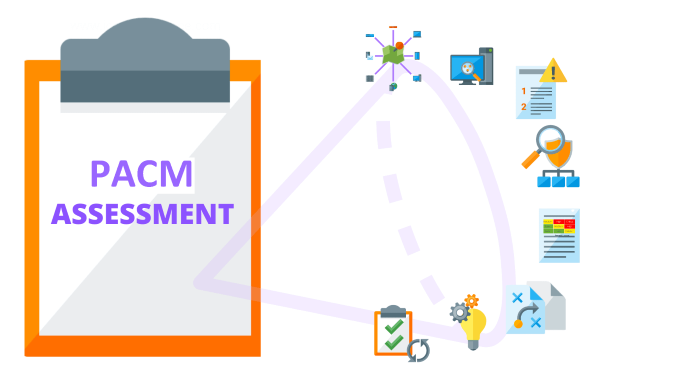Post Approval Compliance Monitoring
About post approval compliance monitoring

Post-approval compliance monitoring (or "PACM") is a review of studies previously approved by the FSU Institutional Review Board (IRB) or an external IRB with which FSU has agreed to delegate or defer such review, and studies that have otherwise been previously cleared by the FSU Office for Human Subjects Protection. PACM review is conducted to assess, document and report researchers' compliance with requirements in laws, ethics and policies for the protection of the rights and welfare of study participants. In accordance with the FSU Federalwide Assurance agreement with federal agencies and as a condition of federal department or agency support of human research, as well as FSU Policy 7-IRB-0, FSU has established this post approval compliance monitoring program. The IRB's Standard Operating Procedure (SOP), HRP-059 - Post Approval Compliance Monitoring [SOP link], implements this monitoring requirement.
The scope of review

All studies approved by the FSU or an external IRB or otherwise cleared through human research regulatory review are subject to post approval compliance monitoring, and all Principal Investigators (PIs) and their study teams must fully cooperate with monitoring as a condition of their study's approval or clearance.
PACM reviews are conducted by OHSP staff, with the reviews intended to augment IRB initial reviews and on-going oversight. Monitoring will generally consist of a comprehensive OHSP assessment of the study team's adherence to the IRB-approved study, review of study records and study participant files, and review of other study documentation and activities; visits to the study team's location, lab or offices will be included. Principal Investigators and their study teams are welcomed and encouraged to conduct self-assessments, which OHSP will support upon request.
Types of reviews

Types of PACM assessments include routine reviews, directed or for-cause reviews, and voluntary (investigator-initiated) reviews. Most common are routine reviews, in which studies are randomly selected for review. While all studies are subject to routine review, a study's regulatory classification, risk or study population serve as key selection criteria for review. Studies that meet these criteria are generally more likely to be selected for review:
- Involve FDA-regulated products (e.g., drugs, devices, biologics, dietary supplements)
- Are supported by federal department or agency funding
- Involve clinical trials
- Include study participants who are vulnerable, at-risk or unhealthy
- Pose greater than minimal risks to study participants
- Involve the collection and use of sensitive, confidential information
Less common, directed or for-cause reviews may be initiated based upon study participant complaints, reports of alleged or potential non-compliance, concerns about the rights and welfare of study participants, or upon request by institutional leadership, study sponsors or federal and state agencies.
What to Expect

Below is a brief summary of key steps in the PACM review process:
- If a study is selected for review, the PI, primary contact for the study and proxy will be contacted by OHSP via email to inform them they have been selected to undergo post approval compliance monitoring assessment, and which protocol(s) is to be reviewed. The email will also inquire about the availability of the investigators to meet for an interview, and allocation of resources such as files, space, and/or access to electronic records for review purposes. Every effort will be made to accommodate the study team's schedule. The email will include a link to as well as attachments of the checklist(s) of items that are subject to review; the study team may on their own initiative use the checklist(s) to conduct a self-assessment.
- On the day of the review, the study files will be reviewed and interview(s) (as applicable) will be conducted with the study team. During the assessment, OHSP will review study documents and activities, identify areas of concern, provide as needed any guidance about corrective actions or best practice recommendations, and begin to prepare a draft findings report.
- Upon completion of the monitoring visit, the PI, primary contact, proxy or PI delegate will be debriefed regarding findings, recommendations, and next steps. A written report will be emailed to the PI or delegate; findings may also be distributed to the IRB. For directed or for-cause reviews, findings may as necessary be shared with study sponsors, FSU leadership and federal agencies. If the report identifies findings that need to be reported to the IRB, the findings, a response, and a corrective action, when necessary, must be submitted by the PI in RAMP IRB using the Report New Information feature.


